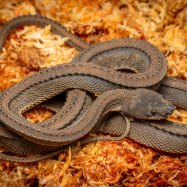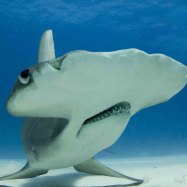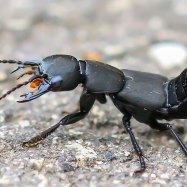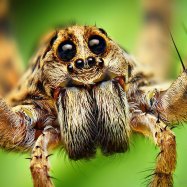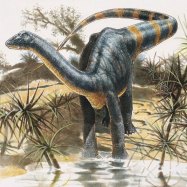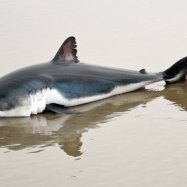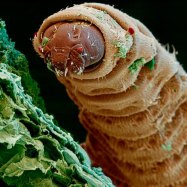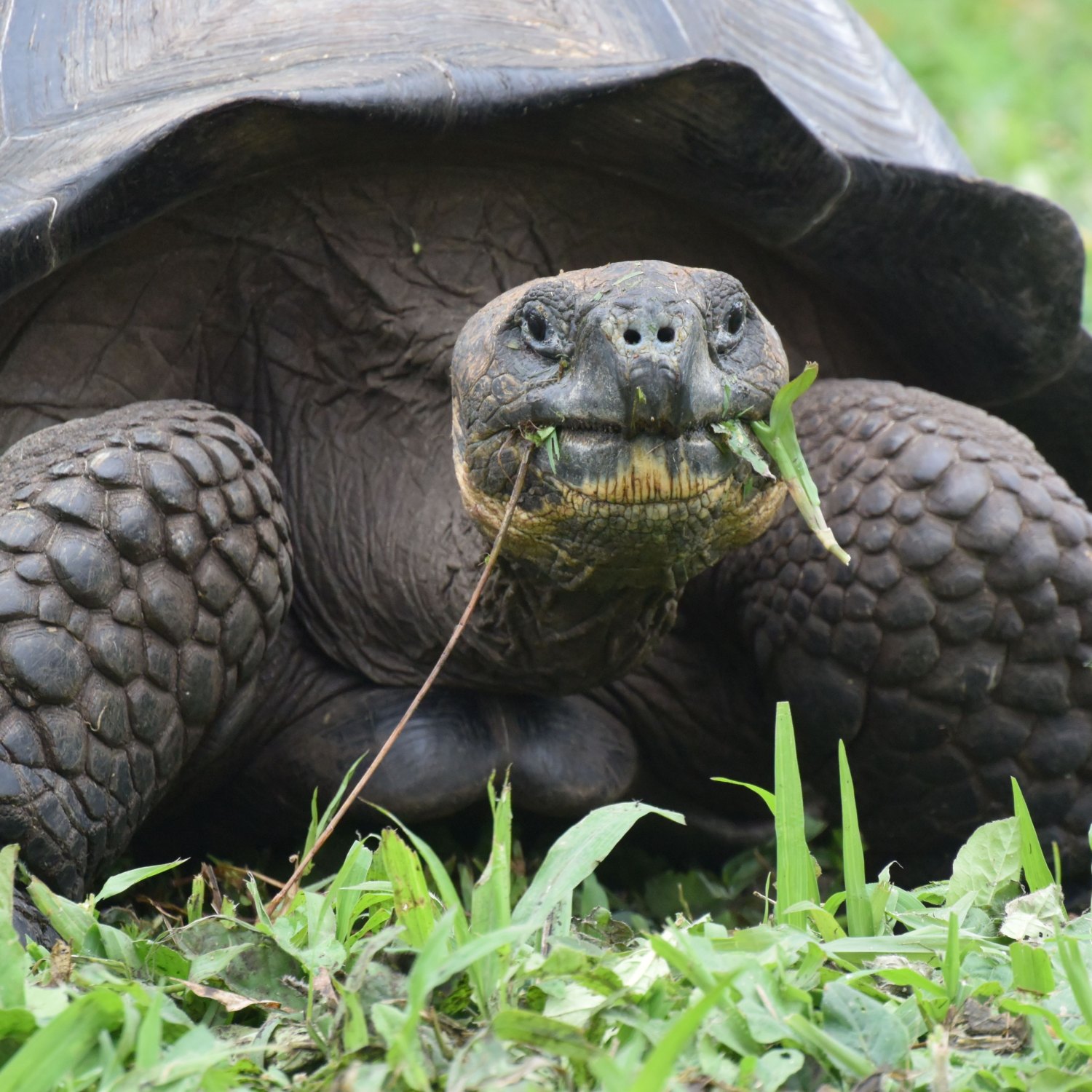
Galapagos Tortoise
4-6 feet
The Galapagos Tortoise is a fascinating creature, with a length of 4-6 feet and a large dome-shaped shell. Found in South America, its scientific name is Chelonoidis nigra and it belongs to the family Testudinidae. These gentle giants can live up to 100 years and are crucial to the Galapagos ecosystem. Learn more about these majestic animals, known for their slow and steady pace, on your next visit to the Galapagos Islands. #GalapagosTortoise #SouthAmerica #Testudinidae
Animal Details Summary:
Common Name: Galapagos Tortoise
Kingdom: Animalia
Habitat: Grasslands, scrublands, and forests
The Galapagos Tortoise: A Marvel of Evolutionary Adaptation
The Galapagos Islands are famed for their diverse and unique flora and fauna, with many species found nowhere else on Earth. And among these iconic animal residents is the Galapagos Tortoise – a species that has captured the hearts of people worldwide with its impressive size, longevity, and intriguing adaptations.The Science Behind the Name
Scientifically known as Chelonoidis nigra, the Galapagos Tortoise belongs to the Animalia kingdom, the phylum Chordata (meaning they have a backbone), and the class Reptilia. They are the only extant species of the Testudinidae family found in the Galapagos Islands Galapagos Tortoise.This incredible tortoise is believed to have evolved into its current form over millions of years, adapting to the unique environment of the Galapagos archipelago. It is estimated that their ancestors arrived on the island around 2-3 million years ago, carried by the ocean currents from South America.
A Habitat Like No Other
The Galapagos Tortoise inhabits several islands within the Galapagos archipelago, with various subspecies found on each island. Their habitat includes grasslands, scrublands, and forests, making them a versatile species. They have adapted to the diverse vegetation types found on the different islands, allowing them to thrive in various environmental conditions.This adaptation is essential for their survival as it ensures that individuals with different food preferences can coexist without direct competition. The Galapagos Tortoises have also evolved to survive prolonged periods without water, thanks to the misty climate of the islands and their adaptation of drinking dew and water from lagoons.
A Taste for Greens
The Galapagos Tortoise is a herbivore, feeding on a diverse range of vegetation, including cactus, fruits, flowers, grasses, and leaves. They have a unique adaptation where they can store 10% of their body weight in their bladder, allowing them to survive without food or water for up to a year Giant African Land Snail.This ability to forage a variety of plants has also allowed them to survive the long dry season when food is scarce. They can cleverly select the most nutritious plants and avoid plants with high levels of toxins, keeping them healthy and thriving.
Geographic Origins
As their name suggests, the Galapagos Tortoise is native to the Galapagos Islands, a volcanic archipelago located 600 miles off the coast of Ecuador in South America. These islands are known for their incredible biodiversity, with each island being home to unique species, including the iconic giant tortoises.The Galapagos Islands are a hot spot for marine life and seabirds, thanks to the convergence of several ocean currents, creating a unique and thriving ecosystem. And at the heart of this diverse ecosystem is the Galapagos Tortoise, a keystone species that plays an essential role in maintaining the balance of the islands' delicate ecosystem.
A Colorful Display
The Galapagos Tortoise comes in varying shades of dark brown, black, and tan, depending on their habitat and diet. Unlike other species of tortoises, the Galapagos Tortoise does not have growth rings on its shell, making it challenging to determine their age accurately.However, one way to estimate their age is by looking at the color of their shell. Younger tortoises have a darker shell and become lighter as they age, with older individuals having a lighter tan or grayish shell. Some individuals even have algae growing on their shell, giving them a unique greenish hue.
One of the most striking features of the Galapagos Tortoise is its large and dome-shaped shell, which can reach a length of 4-6 feet and weigh over 900 pounds. This massive shell acts as a protective armor for the tortoise, shielding them from predators and the harsh climatic conditions of the island.
A Species at Risk
Despite their impressive adaptations and resilience, the Galapagos Tortoise is currently classified as a vulnerable species. The introduction of invasive species, such as rats, pigs, and goats, has severely impacted their habitat and food sources. Additionally, human activities, such as overfishing and pollution, have contributed to the decline of the species.Fortunately, conservation efforts are in place to protect the Galapagos Tortoise and restore their population. Breeding centers have been established on several islands, where captive breeding programs have successfully hatched and raised hundreds of hatchlings for eventual release into the wild.
Final Thoughts
The Galapagos Tortoise is a true marvel of evolutionary adaptation, with its fascinating features and incredible resilience making it a symbol of the Galapagos Islands. As one of the world's longest-lived vertebrates, with some individuals reaching over 100 years, they serve as a living reminder of the importance of conservation and the delicate balance of our planet's ecosystems.As we continue to learn more about these magnificent creatures, we must do what we can to protect and preserve their habitat, ensuring that future generations will be able to witness and appreciate these incredible animals. Let us all do our part in protecting these gentle giants and the unique ecosystem they call home.

Galapagos Tortoise
Animal Details Galapagos Tortoise - Scientific Name: Chelonoidis nigra
- Category: Animals G
- Scientific Name: Chelonoidis nigra
- Common Name: Galapagos Tortoise
- Kingdom: Animalia
- Phylum: Chordata
- Class: Reptilia
- Order: Testudines
- Family: Testudinidae
- Habitat: Grasslands, scrublands, and forests
- Feeding Method: Herbivorous
- Geographical Distribution: Galapagos Islands
- Country of Origin: Ecuador
- Location: South America
- Animal Coloration: Dark brown, black, or tan
- Body Shape: Large and dome-shaped shell
- Length: 4-6 feet
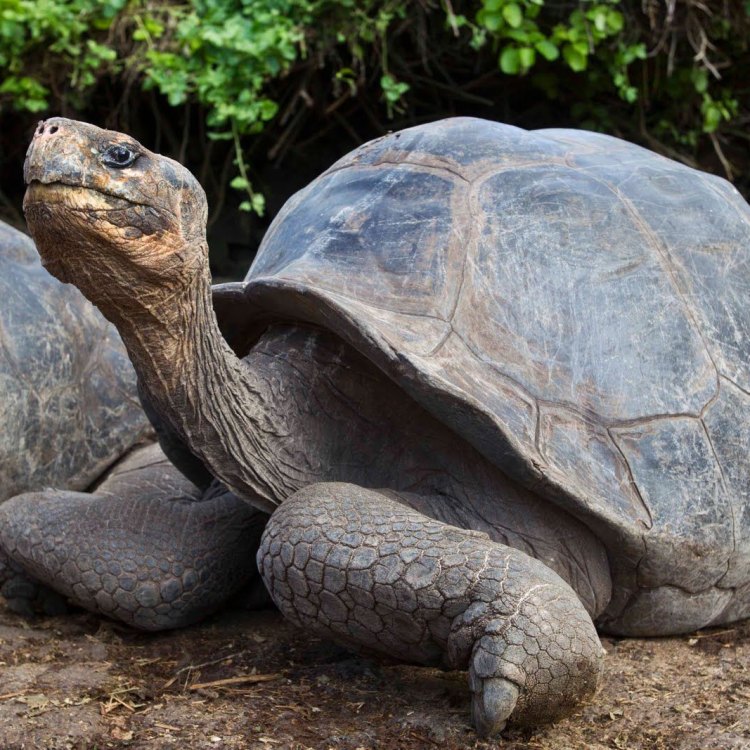
Galapagos Tortoise
- Adult Size: Up to 5 feet long and 550 pounds in weight
- Average Lifespan: Over 100 years
- Reproduction: Sexual
- Reproductive Behavior: Mating occurs on land, and females lay eggs in nests
- Sound or Call: The males produce low-frequency vocalizations during the breeding season
- Migration Pattern: No significant migration pattern
- Social Groups: Aggregations of tortoises
- Behavior: Slow-moving and docile
- Threats: Habitat loss, introduced species, and illegal hunting
- Conservation Status: Vulnerable
- Impact on Ecosystem: Key species for maintaining the ecosystem balance
- Human Use: Tourism and conservation efforts
- Distinctive Features: Large size and dome-shaped shell
- Interesting Facts: Galapagos Tortoises are the largest living species of tortoise and have unique shell shapes depending on their habitat.
- Predator: Humans (historically)
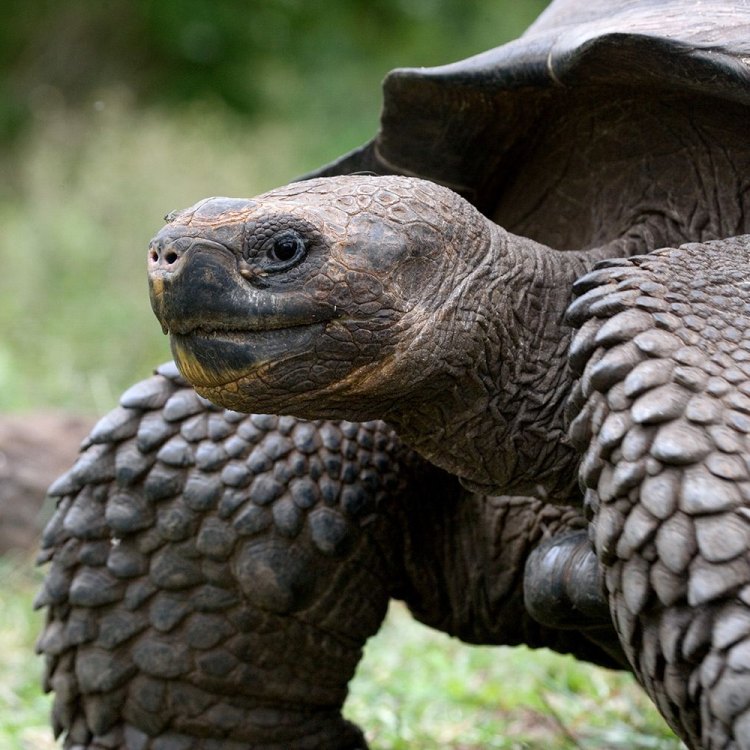
Chelonoidis nigra
The Majestic Galapagos Tortoise: A Fascinating Creature that Defies Time and Space
Deep in the Pacific Ocean, lies a remote archipelago of nineteen volcanic islands with a fascinating diversity of wildlife. This is the Galapagos Islands, famously known as the inspiration for Charles Darwin's theory of evolution. And among the multitude of unique creatures that call these islands home, the Galapagos Tortoise stands out as one of the most iconic and ancient species.Endemic to the Galapagos Islands, the Galapagos Tortoise (Chelonoidis nigra) is the largest living species of tortoise in the world PeaceOfAnimals.Com. They are known for their enormous size, slow-moving nature, and long lifespans, making them a symbol of resilience and longevity. In this article, we will take a closer look at these majestic creatures, their unique features, and their role in the ecosystem.
With an adult size of up to 5 feet long and weighing up to 550 pounds, the Galapagos Tortoise is an impressive and imposing creature. They have a distinctively large and dome-shaped shell, which is a defining feature of their species. Their shells can vary in color and shape depending on their habitat. Those living in humid areas tend to have a rounder shell, while those in drier regions have a more elongated shape.
One of the most fascinating aspects of these creatures is their exceptional lifespan. Galapagos Tortoises can live for over 100 years, with some reaching up to 150 years. This remarkable longevity is due to their slow metabolism and low-energy lifestyle Goat. They spend most of their days basking in the sun and grazing on vegetation, moving at a leisurely pace of about 0.3 miles per hour. This sedentary lifestyle also contributes to their large size, as they have an abundance of resources available on the islands.
The Galapagos Tortoise is a sexual species, meaning they reproduce through sexual reproduction. During the breeding season, which typically falls between February and August, males will engage in a series of courtship behaviors to attract females. These behaviors include head-bobbing, neck-stretching, and vocalizations. The males produce low-frequency vocalizations, which can be heard up to half a mile away. Once the female has been successfully courted, mating occurs on land, and she will lay her clutch of eggs in a nest.
While the Galapagos Tortoise may not be known for their agility or speed, they do have a playful side. These gentle creatures have been observed engaging in "bubble blowing," where they exhale air underwater, creating bubbles and playing with them. This behavior is thought to be a form of communication or a way to regulate body temperature.
Unlike other animal species, the Galapagos Tortoise has no significant migration pattern. They are mainly sedentary, and their movements are driven by their need for food, water, and shelter. They can cover up to two miles in a day in search of resources, but they typically stay within their home range.
Galapagos Tortoises are not solitary creatures. They live in aggregations, gathering in areas with abundant resources such as food and water. These aggregations can range from a few individuals to hundreds of tortoises. These social groups are essential for the survival of the species, as they allow for the exchange of genetic material, and provide protection against predators.
Speaking of predators, the primary threat to the Galapagos Tortoise is human activity. Historically, these gentle giants were hunted by humans for their meat, oil, and shells. This significantly reduced their population, and many subspecies became extinct. Today, the Galapagos Tortoise is classified as a vulnerable species, with an estimated population of only 15,000 remaining in the wild.
Other threats to the survival of these majestic creatures include habitat loss due to human development and agriculture, competition for resources with introduced species, and climate change. As climate change alters the habitat and food sources of Galapagos Tortoises, their survival becomes even more precarious.
Despite the challenges they face, Galapagos Tortoises play a crucial role in maintaining the balance of the island's fragile ecosystem. As herbivores, they help control the vegetation, preventing it from becoming overgrown and creating space for other plant species to thrive. They are also important seed dispersers, as the seeds of many plants pass through their digestive tract and are deposited in new locations.
Human activities have not only threatened the existence of Galapagos Tortoises but have also placed the entire ecosystem in danger. However, with conservation efforts in place, there is hope for the survival of these magnificent creatures. The Galapagos National Park has implemented measures such as captive breeding programs, habitat restoration, and strict laws against poaching and the introduction of non-native species. These efforts have resulted in a slow but steady increase in the population of Galapagos Tortoises over the years.
Aside from conservation efforts, Galapagos Tortoises also have a significant impact on human activities, particularly in the tourism industry. These creatures have become a major attraction for tourists visiting the Galapagos Islands. Their docile nature and iconic status make them a must-see for any visitor, providing an opportunity for people to connect with nature and appreciate the beauty and diversity of these islands.
The Galapagos Tortoise has captivated the world with its unique features, resilience, and remarkable lifespan. They have stood the test of time, surviving for millions of years on these isolated islands. But with the rapid changes in our environment and the threats they face, their future is uncertain. It is up to us to ensure that these ancient creatures continue to thrive in their natural habitat and remind us of the beauty and wonder of our planet.
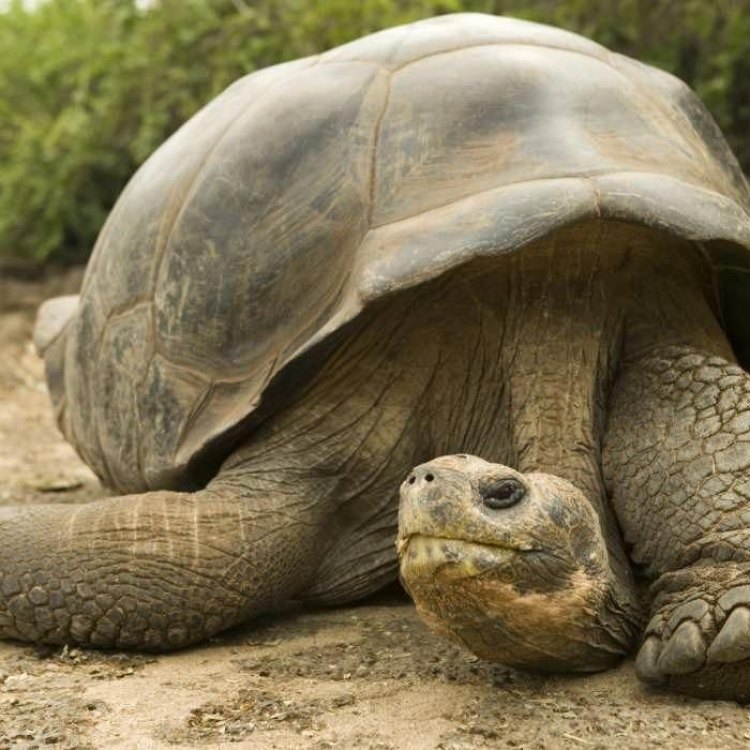
The Galapagos Tortoise: A Marvel of Evolutionary Adaptation
Disclaimer: The content provided is for informational purposes only. We cannot guarantee the accuracy of the information on this page 100%. All information provided here may change without prior notice.

